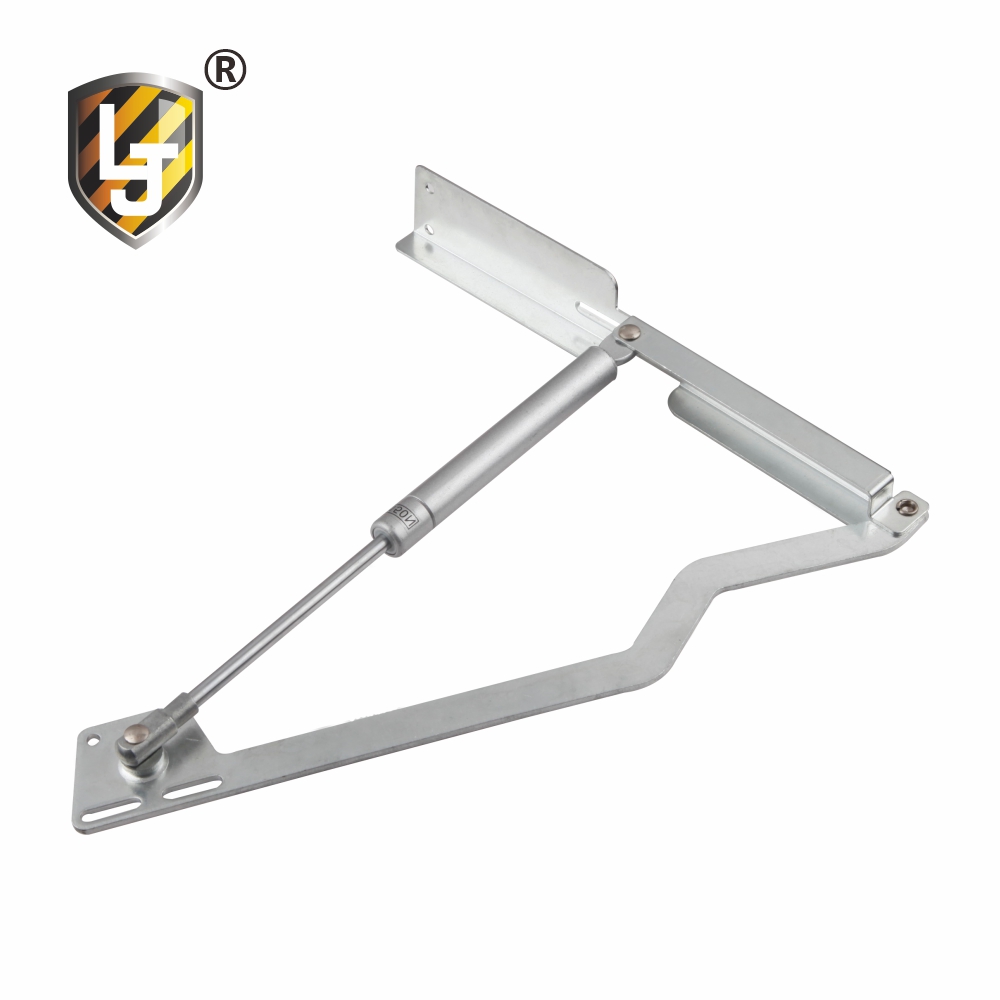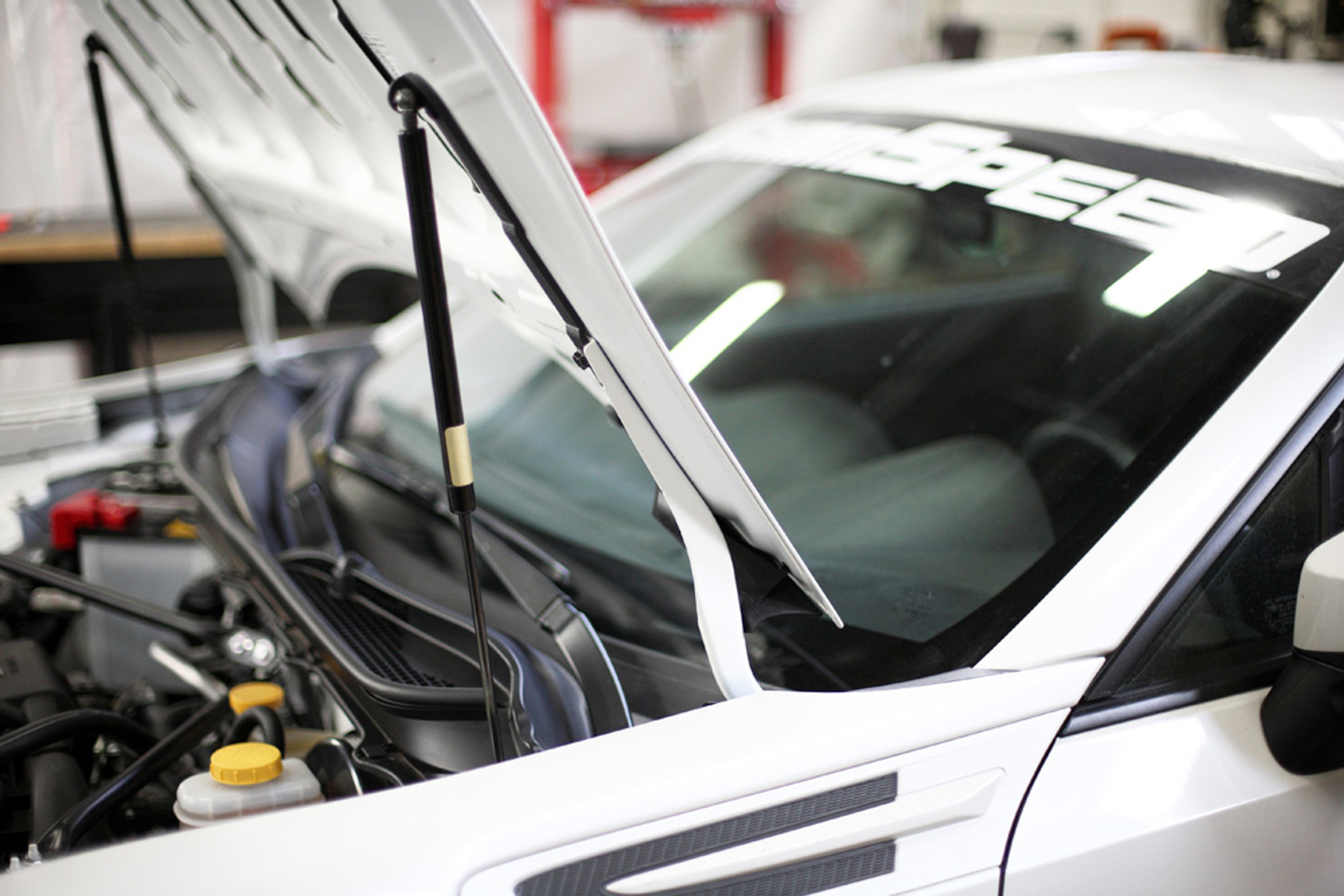Hydraulic Struts vs Gas Struts: Understanding the Differences
Hydraulic struts and gas struts are both suspension components used to provide support and damping in various applications. While they serve similar purposes, there are notable differences between the two. Let's explore the dissimilarities between hydraulic struts and gas struts:
1. Working Principle:
- Hydraulic Struts: Hydraulic struts use hydraulic fluid (oil) to provide damping and support. They consist of a cylinder filled with oil, a piston rod, and valves that control the flow of oil. When subjected to external forces, hydraulic struts compress or extend, and the hydraulic fluid flows through the valves, providing resistance and absorbing energy.
- Gas Struts: Gas struts, on the other hand, utilize compressed gas (typically nitrogen) and hydraulic fluid. They have a cylinder filled with a combination of gas and oil, a piston rod, and valves. When subjected to external forces, gas struts compress or extend, and the gas and oil flow through the valves, providing damping and support.

2. Damping Characteristics:
- Hydraulic Struts: Hydraulic struts offer a wide range of damping characteristics due to the varying viscosities of hydraulic fluids. They can provide both firm and soft damping, depending on the application requirements. Hydraulic fluids can be adjusted to achieve the desired damping characteristics.
- Gas Struts: Gas struts generally offer a more consistent and controlled damping effect. The compressed gas provides a cushioning effect, resulting in smoother and more predictable motion. The damping characteristics of gas struts are typically fixed and cannot be easily adjusted.
3. Performance and Response:
- Hydraulic Struts: Hydraulic struts are known for their ability to handle heavy loads and provide excellent shock absorption. They offer a high level of performance and responsiveness, making them suitable for applications that require precise control and handling of dynamic forces.
- Gas Struts: Gas struts are often preferred for applications that require controlled and predictable motion. They provide a more uniform damping response and are effective in reducing vibrations and oscillations. Gas struts are commonly used in applications where comfort and smoothness of motion are essential.

4. Maintenance and Longevity:
- Hydraulic Struts: Hydraulic struts require regular maintenance, including fluid checks and replacements, to ensure optimal performance. The seals and valves may wear over time and need to be replaced periodically. Failure to maintain hydraulic struts properly can result in reduced performance and potential leaks.
- Gas Struts: Gas struts generally require less maintenance compared to hydraulic struts. They have fewer moving parts, reducing the chances of wear and tear. However, it is still important to periodically inspect gas struts for signs of damage or leakage to ensure their longevity and performance.
5. Applications:
- Hydraulic Struts: Hydraulic struts are commonly used in heavy-duty applications such as vehicle suspensions, construction machinery, and industrial equipment, where high load capacities and precise control are required.

- Gas Struts: Gas struts find applications in various industries, including automotive (hoods, trunks, tailgates), furniture (recliners, office chairs), aerospace (seats, cargo doors), medical equipment (hospital beds, surgical tables), and more. They are ideal for applications that require controlled motion, vibration damping, and ease of use.
In summary, hydraulic struts and gas struts differ in their working principles, damping characteristics, performance, maintenance requirements, and applications. While hydraulic struts offer adjustable damping and high load capacities, gas struts provide consistent damping, smoother motion, and lower maintenance needs. The choice between hydraulic struts and gas struts depends on the specific requirements of the application at hand.
